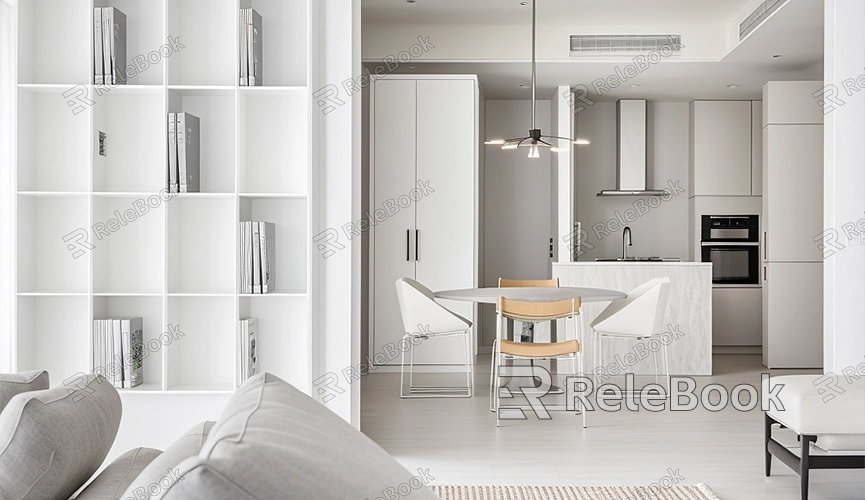How to Get Out of Blender Render
Blender is a powerful 3D modeling and rendering software widely used in animation, gaming, and visual effects production. During rendering in Blender, there may be times when you need to exit the render process midway to save time or adjust settings. This article will detail how to safely exit rendering in Blender and provide related tips and suggestions to help you use Blender more efficiently.

Why Exit Rendering Midway?
While rendering in Blender, situations may arise where you need to exit rendering:
- Rendering time exceeds expectations.
- Rendering settings need adjustments.
- Insufficient hardware resources affecting other tasks.
- Unexpected rendering results.
Regardless of the reason, knowing how to safely exit the rendering process is crucial.
Use Shortcut Keys to Abort Rendering
In Blender, the simplest way to abort rendering is by using shortcut keys. Whether rendering static images or animations, you can abort rendering by pressing:
- ESC Key: During rendering, pressing the ESC key immediately aborts the render. This is the most direct and commonly used method.
Terminate Rendering Process in Task Manager
If using shortcut keys doesn't work or Blender becomes unresponsive, you can try terminating the Blender process in the Task Manager. Here’s how:
1. Press Ctrl + Shift + Esc to open the Task Manager.
2. In the "Processes" tab, locate the Blender process.
3. Select the Blender process and click on "End Task" button.
Note that using this method may result in unsaved work being lost, so ensure important files are saved before terminating the process.
Adjust Render Settings to Reduce Render Time
To avoid frequent render aborts, optimize render settings to reduce rendering time. Here are some common optimization methods:
- Reduce Sampling: In the "Render Properties" panel, reducing sampling can significantly decrease render time. While higher sampling improves quality, use lower sampling for previews and increase it for final renders.
- Lower Resolution: In the "Output Properties" panel, lowering image resolution reduces render time. Use lower resolutions for previews and increase to target resolution for final renders.
- Adjust Light Path Bounces: In the "Light Paths" settings, reducing maximum and minimum light bounces speeds up rendering while maintaining quality.
Use Distributed Rendering
For complex scenes, consider using distributed rendering to distribute rendering tasks across multiple computers simultaneously. Blender supports various distributed rendering tools like Flamenco and CrowdRender. Distributed rendering can greatly reduce rendering time and improve workflow efficiency.
Post-Processing to Reduce Rendering Load
In Blender, post-processing can reduce real-time rendering load. Utilize Blender's compositor for tasks like color correction, blur effects, and adding special effects after rendering completion, reducing computational load during real-time rendering.
Regularly Save and Backup
To prevent data loss due to unexpected render aborts, develop a habit of regular saving and backing up your work. Blender provides auto-save options where you can set the frequency and location of auto-saves in the "File" menu, ensuring quick recovery in case of issues.
By using shortcut keys, Task Manager, optimizing render settings, employing distributed rendering, and post-processing effectively, you can efficiently exit rendering in Blender, reduce render time, and enhance workflow efficiency. For access to high-quality 3D textures, HDRI, or 3D model downloads, consider downloading them from Relebook for seamless integration into your projects.

